A rare embroidered silk gauze formal summer 'dragon' robe, chaofu 19th century The midnight-blue robe embroidered with fine couched gilt threads and polychrome silk floss displaying an energetic five-clawed dragon pursuing a precious pearl on the chest, back, and each shoulder amongst ruyi-clouds, flower roundels, bat, and Daoist emblems, framed by lishui stripes with soaring mountain peaks rising from crashing waves churning auspicious symbols, the waist band decorated with paired dragons on either side of the terrestrial diagram amidst further auspicious clouds above waves, the similar embroidery work applied to the pleated skirt below twelve dragon roundels, with the thirteenth dragon roundel hidden under the flap above an additional dragon 55in (139.7cm) long Fußnoten 十九世紀 深藍地繡五爪金龍彩雲葛紗朝袍 Provenance: Theresa Coleman Fine Arts, 6 July 1991 來源: Theresa Coleman Fine Arts, 1991年7月6日 The formal court robe, known in Chinese as chaofu, or chaopao, is the most important of the ceremonial costumes of the Qing court. It would have been worn only at the most important state functions, such as enthronements, Grand Audiences, Imperial weddings, birthdays, or seasonal events such as important ritual sacrifices or New Year celebrations. The construction of chaofao consists of two sections: a short side-fastening jacket and a two-part pleated skirt overlapping at the sides to allow freedom of movement. The tapered sleeves and horseshoe cuffs are indicative of the Manchu nomadic style. With the use of rich gold-metallic threads, its splendid embroidery in a complex design, the appearance of the robe would exude a powerful sense of formality, tradition and grandeur, reflecting the status of the wearer and the dynasty which he embodied. Several examples of these important robes can be found in museum collections, including a very similar deep-blue silk gauze chaofu, dated to 1870-80, in the Museum of Fine Arts Boston, number 1974.408, and another embroidered silk chaofu in the Metropolitan Museum of Art, New York, number 35.84.3, dated to the second half of the 19th century
A rare embroidered silk gauze formal summer 'dragon' robe, chaofu 19th century The midnight-blue robe embroidered with fine couched gilt threads and polychrome silk floss displaying an energetic five-clawed dragon pursuing a precious pearl on the chest, back, and each shoulder amongst ruyi-clouds, flower roundels, bat, and Daoist emblems, framed by lishui stripes with soaring mountain peaks rising from crashing waves churning auspicious symbols, the waist band decorated with paired dragons on either side of the terrestrial diagram amidst further auspicious clouds above waves, the similar embroidery work applied to the pleated skirt below twelve dragon roundels, with the thirteenth dragon roundel hidden under the flap above an additional dragon 55in (139.7cm) long Fußnoten 十九世紀 深藍地繡五爪金龍彩雲葛紗朝袍 Provenance: Theresa Coleman Fine Arts, 6 July 1991 來源: Theresa Coleman Fine Arts, 1991年7月6日 The formal court robe, known in Chinese as chaofu, or chaopao, is the most important of the ceremonial costumes of the Qing court. It would have been worn only at the most important state functions, such as enthronements, Grand Audiences, Imperial weddings, birthdays, or seasonal events such as important ritual sacrifices or New Year celebrations. The construction of chaofao consists of two sections: a short side-fastening jacket and a two-part pleated skirt overlapping at the sides to allow freedom of movement. The tapered sleeves and horseshoe cuffs are indicative of the Manchu nomadic style. With the use of rich gold-metallic threads, its splendid embroidery in a complex design, the appearance of the robe would exude a powerful sense of formality, tradition and grandeur, reflecting the status of the wearer and the dynasty which he embodied. Several examples of these important robes can be found in museum collections, including a very similar deep-blue silk gauze chaofu, dated to 1870-80, in the Museum of Fine Arts Boston, number 1974.408, and another embroidered silk chaofu in the Metropolitan Museum of Art, New York, number 35.84.3, dated to the second half of the 19th century




.jpg)
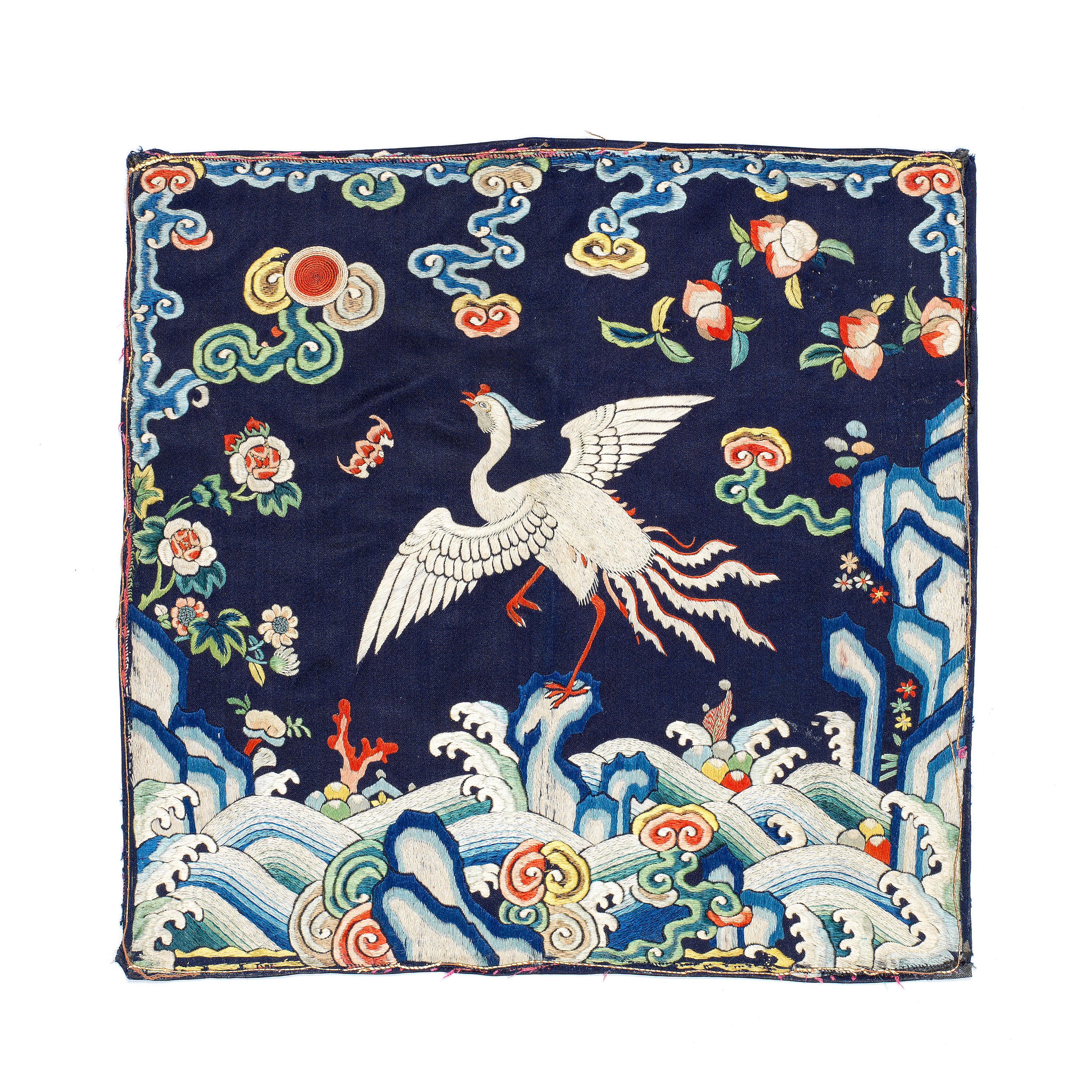


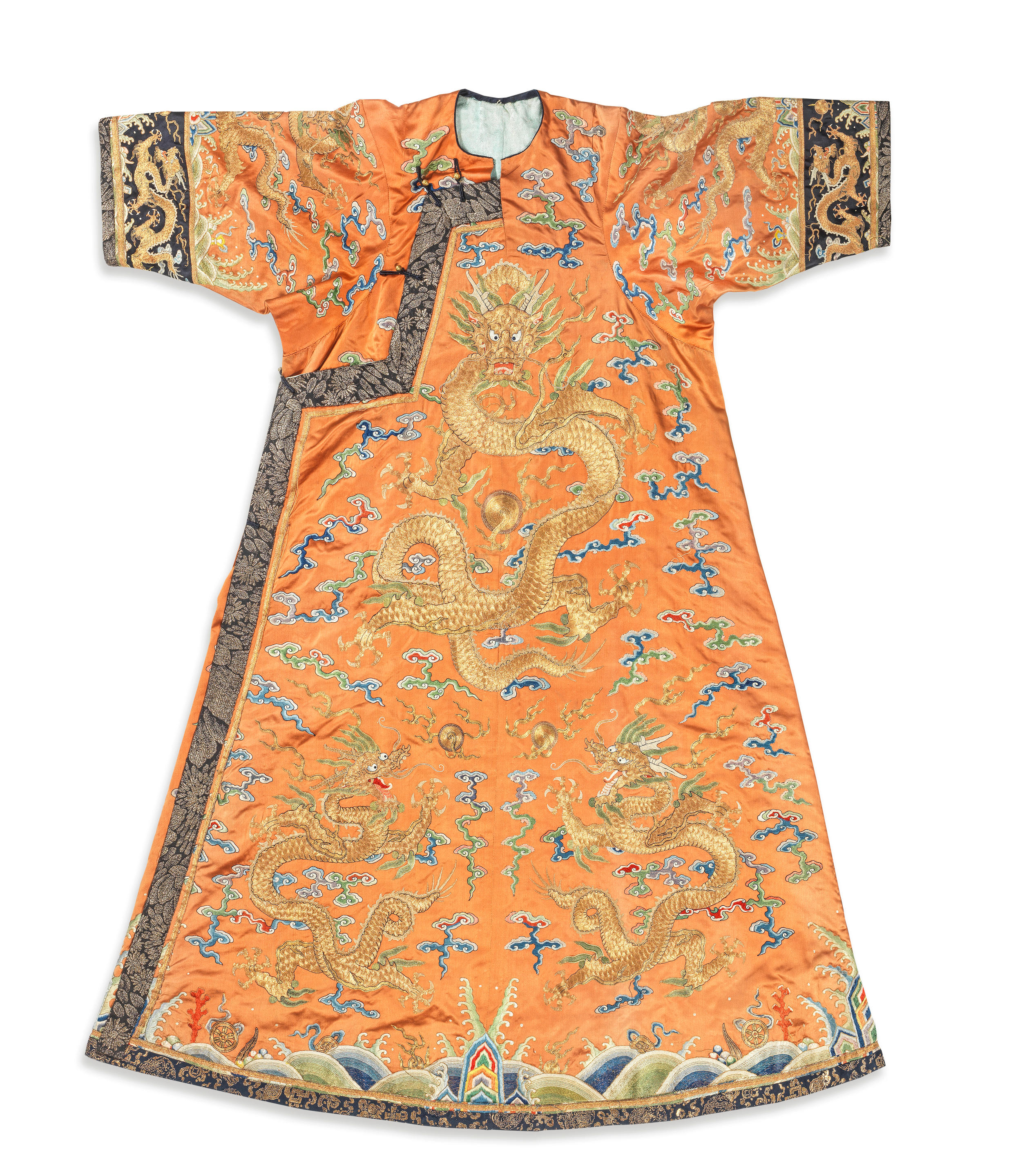

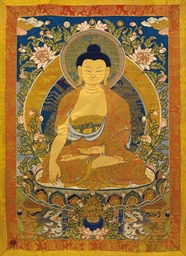
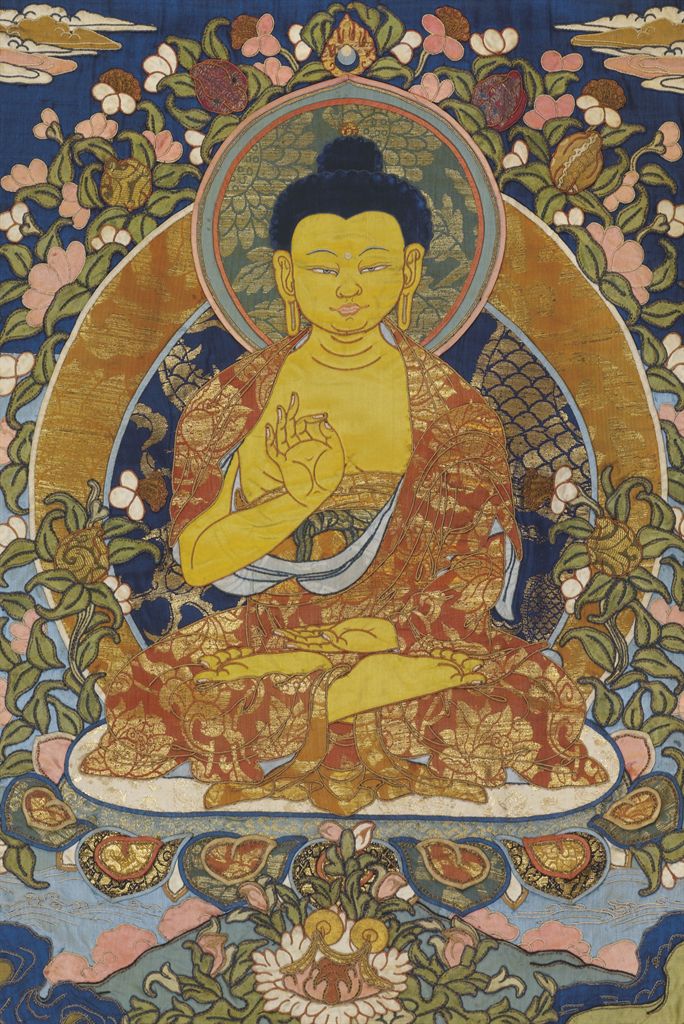
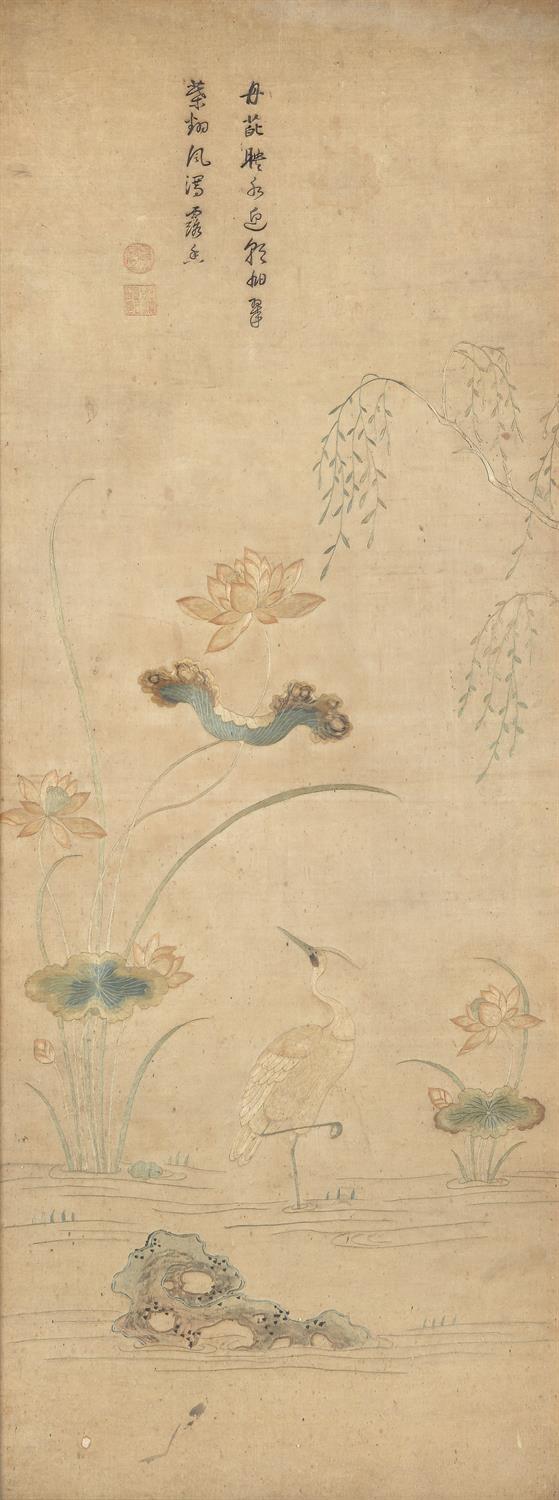

.jpg)
Testen Sie LotSearch und seine Premium-Features 7 Tage - ohne Kosten!
Lassen Sie sich automatisch über neue Objekte in kommenden Auktionen benachrichtigen.
Suchauftrag anlegen